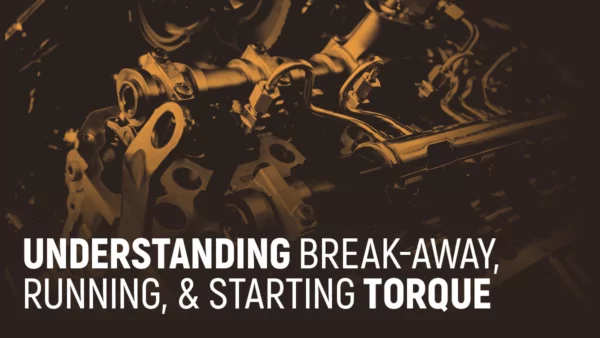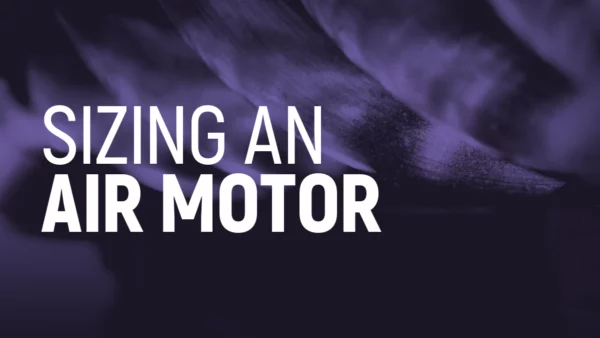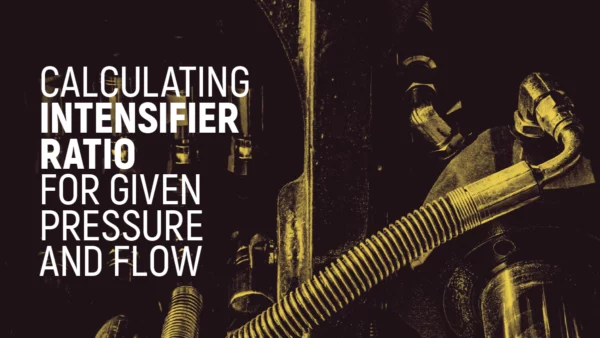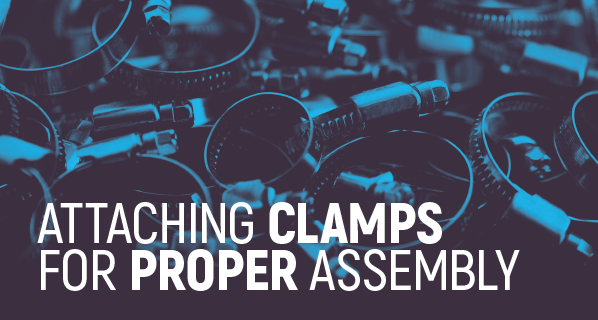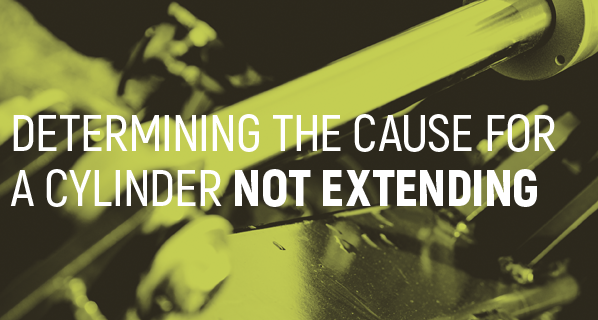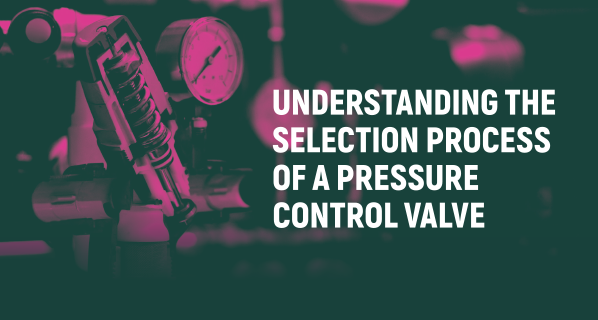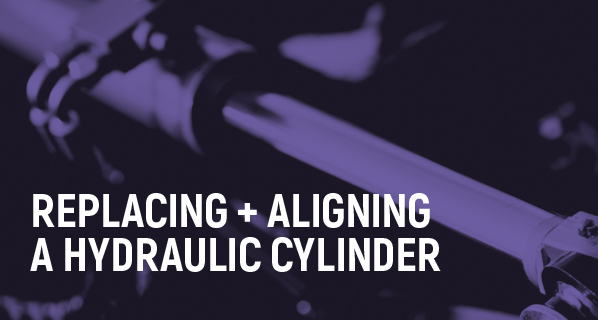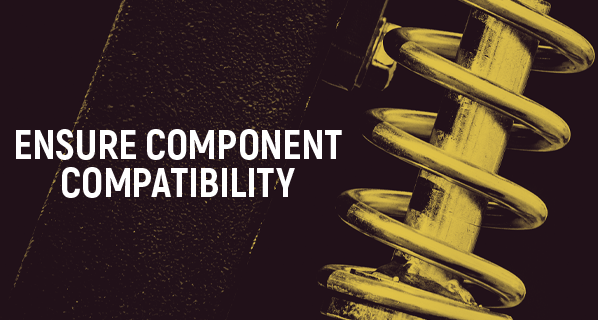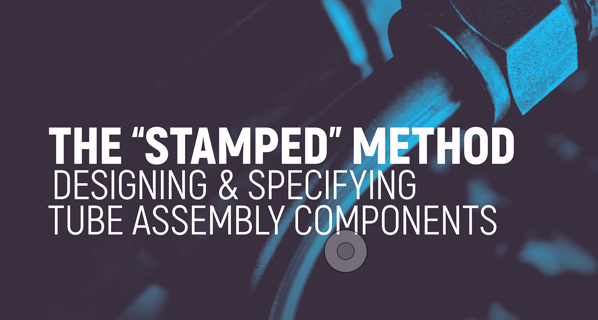Understanding Break-Away, Running, & Starting Torque
A motor has a certain amount of mass that must be accelerated to the speed required to do the work. The object being moved also has some mass. The force to …
Sizing an Air Motor
Although electric motors are very commonly found in many varied applications, and hydraulic motors are well known for their high power density, air motors fill …
Calculating Intensifier Ratio for Given Pressure and Flow
Intensifiers boost pressure by pumping hydraulic fluid with a larger bore piston into a smaller bore cylinder to extend the rod. The intensifier can be powered …
Attaching Clamps for Proper Assembly
Low-pressure hose assemblies require properly placing the clamps so that they will seal and retain the fitting. The clamp position “A” dimension is very …
Determining the Cause For A Cylinder Not Extending
There are three basic requirements to cause a double-acting cylinder to extend, as shown in Fig. 4.17: Flow must be supplied to the cap-end of the cylinder …
Understanding the Selection Process of a Pressure Control Valve
Pressure control valves are sensitive to the direction of flow. For example, flow cannot pass through a relief valve from T to P. Some pressure control valves, …
Understanding Basic Types & Applications of Actuators
Linear Actuators Cylinders may be single acting or double acting. Single acting cylinders exert a force due to air pressure only in one direction. Springs or …
Replacing & Aligning a Hydraulic Cylinder
When installing a replacement cylinder, confirm that it matches the original part. Inspect the linkages and connection points for wear, such as cracked or …
Test Your Skills: Ensure Component Compatibility
Some fluids with very good lubricity and viscosity characteristics may prove caustic to the material in pumps, actuators or valves, especially when hot. …
The “STAMPED” Method
Designing & specifying tube assembly components The acronym “STAMPED,” as used for hose assemblies, is equally as important to use when developing tube …

